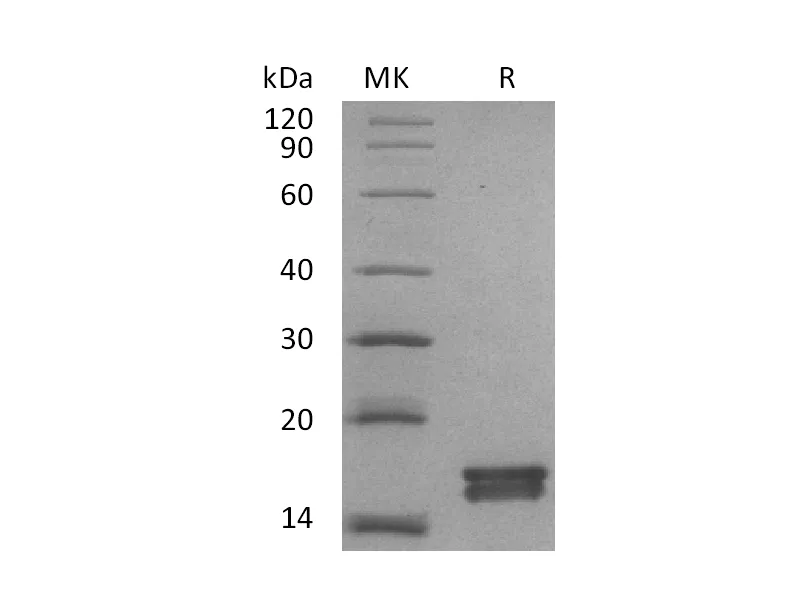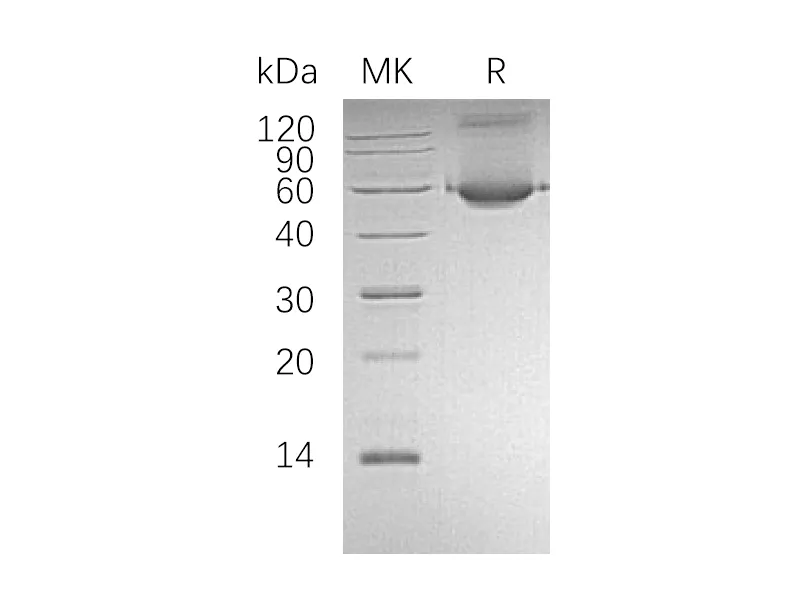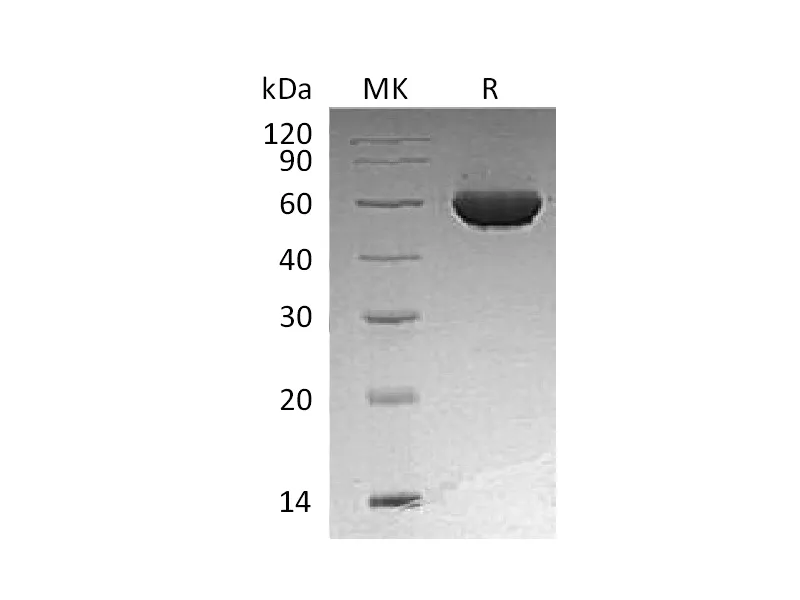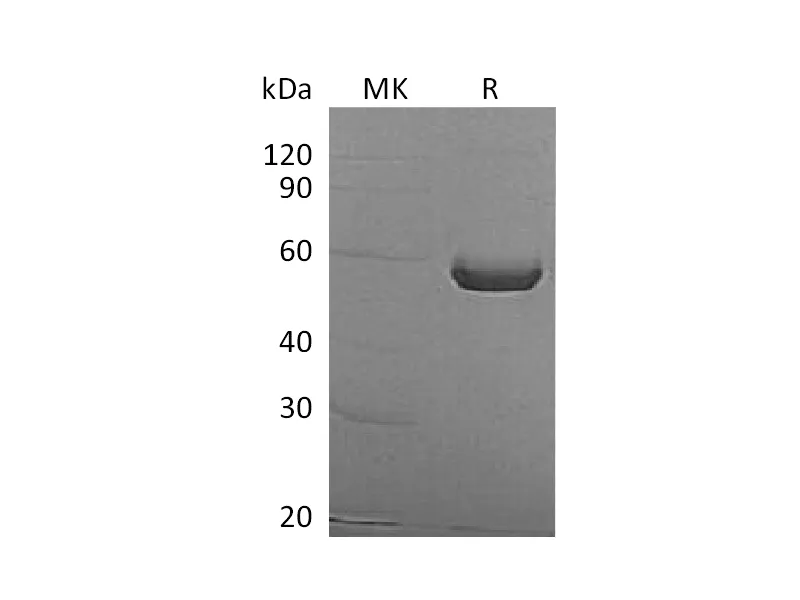Alternative Names
Carcinoembryonic Antigen-Related Cell Adhesion Molecule 1; Biliary Glycoprotein 1; BGP-1; CD66a; CEACAM1; BGP; BGP1
Background
Carcinoembryonic Antigen-Related Cell Adhesion Molecule 1 (CEACAM1) is a member of the Carcinoembryonic Antigen (CEA) family, which belongs to the immunoglobulin superfamily. CEACAM1 is originally described in bile ducts of liver as biliary glycoprotein. Subsequently, it is found to be a cell-cell adhesion molecule detected on leukocytes, epithelia, and endothelia. CEACAM1 mediates cell adhesion via homophilic as well as heterophilic binding to other proteins of the subgroup. In addition, CEACAM1 plays a important role in the differentiation and arrangement of tissue three-dimensional structure, angiogenesis, apoptosis, tumor suppression, metastasis, and the modulation of innate and adaptive immune responses.
Note
For Research Use Only , Not for Diagnostic Use.




